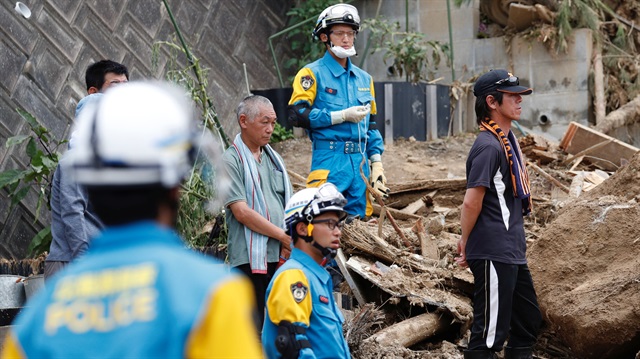
Municipalities in Japan have been required since 2001 to create and publicise "hazard maps" showing the risk of flooding and landslides. By 2013, 95 percent of municipalities had produced flood hazard maps and 81 percent for landslides, according to the land ministry.
However, experts say many homes in Japan were built in risky areas before the 2001 requirement to distribute hazard maps.
Kurashiki city in Okayama prefecture, where the Mabi district was especially hard hit by this week's floods, distributed a hazard map in 2016, the Yomiuri newspaper said.
Despite orders and advisories to evacuate, which may have been issued too late, some residents appear to have ignored the warnings because they did not know where to go or how to get to safety.
Asked if he knew he lived in a designated risk area, Kenji Ishii, a 57-year-old resident of Mabi district, said: "I'm afraid I did not know that very well".
QUAKES NOT FLOODS Japan, one of the most seismically-active places in the world, has stressed earthquake preparedness and regulations to make buildings quake-proof, but it has done less about potential flood disasters, said Okuma from Niigata University.
After several smaller disasters in recent years, the Ministry of Land, Infrastructure, Transport and Tourism has drafted plans to improve flood control and evacuation planning.
The government monitors weather conditions and issues early warnings, but the nation remains vulnerable to disasters because much of the country outside major cities is mountainous and construction takes place on virtually every bit of usable land.
Reforestation policies after World War Two saw many mountains logged and replanted with trees that have roots that are less able to retain water. That has contributed to the danger of landslides, which accounted for many of the deaths in this latest disaster.















